- Home
-
My Models
-
AV History
- Airline History Blog
-
Airline Development
>
-
Liveries
>
- Aeroméxico Liveries
- Air China Special Liveries
- American Airlines Liveries
- British Airways Liveries
- Continental Airlines Liveries
- Delta Air Lines Liveries
- Eastern Air Lines Liveries
- Landor Liveries
- National Airlines Liveries
- Northeast Airlines Liveries
- Northwest Airlines Liveries
- Pan Am Liveries
- Trans World Airlines Liveries
- United Airlines Liveries
- Western Airlines Liveries
- Airbus A380s >
- Boeing 747 >
- Real Airport Histories >
- Plane Spotting >
- Aviation Stickers >
-
1:400 SCALE
- Collecting 1:400 Scale >
- The History of 1:400 Scale >
-
1:400 Brands
>
- Aeroclassics >
- Airshop Diecast
- AURORA Models
- Aviation400 (2007-2012)
- Big Bird 400 Your Craftsman
- Black Box Models
- Blue Box & Magic Models
- C Models
- Dragon Wings
- El Aviador 400
- Gemini Jets >
- JAL Collection / Jet Hut >
- Jet-X >
- MP4 Models
- NG Models >
- Panda Models >
- Phoenix Models >
- Seattle Models Co (SMA)
- Skyjets400
- Sovereign Models
- TucanoLine
- Witty Wings / Apollo
- Yu ModeLs
- 1:400 Custom Models >
- Production Numbers
- Zinc Rot
-
1:400 Moulds
- The Best Moulds >
- Airbus >
-
Boeing
>
- Boeing B-377 Stratocruiser
- Short Boeing 707s & 720s
- Boeing 707-320/420
- Boeing 717
- Boeing 727-100
- Boeing 727-200
- Boeing 737-100/200
- Boeing 737-300 >
- Boeing 737-400
- Boeing 737-500
- Boeing 737-600
- Boeing 737-700/800/900 >
- Boeing 737 MAX
- Boeing 747-100/200 >
- Boeing 747-400 >
- Boeing 747SP
- Boeing 747-8 Interactive
- Boeing 747LCF Dreamlifter
- Boeing 757-200 >
- Boeing 757-300
- Boeing 767-200
- Boeing 767-300
- Boeing 777-200
- Boeing 777-300
- Boeing 787
- British >
- Douglas >
- Lockheed >
- Other >
- Chinese >
- Soviet >
- Smallest Moulds in 1:400
-
1:400 Reviews
-
Model News
- Model Blog
-
New Mould Samples
>
- Aviation400 >
- JC Wings >
-
NG Models 400 Scale
>
- Airbus A318
- Airbus A319/320 CEO
- Airbus A319/320 NEO
- Airbus A321CEO & NEO
- Airbus A330-200/300
- Airbus A330 Beluga XL
- Airbus A330-800/900
- Airbus A340-200/300
- Airbus A350-900
- Airbus A350-1000
- Boeing 737-600/700/900
- Boeing 737-600 Refresh
- Boeing 737-800
- Boeing 737 MAX-8/MAX-9
- Boeing 737 MAX-7/MAX-10
- Boeing 747-100
- Boeing 747-200
- Boeing 747-400
- Boeing B747SP
- Boeing 747-8I
- Boeing 747-8F
- NG 747s Together
- Boeing 757-300
- Boeing 767-200/300 >
- Boeing 767-400 >
- Boeing 777-200
- Boeing 777-300/300ER
- Boeing 787-8
- Lockheed L-1011 Tristar
- Lockeed Tristar 500
- McDonnell Douglas MD-80
- McDonnell Douglas MD-87
- Tupolev Tu-154
- Tupolev Tu-204/Tu-214/Tu-234
- NG Models 200 Scale >
- Phoenix Models >
- Yu ModeL >
-
1:600 SCALE
- DIORAMAS
Looking around the marketplace at the end of the 1980s quick delivery positions at Boeing and McDonnell Douglas were hard to come by which led Aeroflot towards Europe's Airbus Industrie who could deliver new aircraft as early as 1991 rather than 1995. In addition competitive pressure and passenger expectations were strongest on international routes and it was here that cost savings were the highest also. These factors along with relatively light passenger demand led Interflug, CSA and then Aeroflot towards the Airbus A310.
Aeroflot signed a letter of intent to buy five new A310s in October 1989, but in the end the aircraft, equipped with GE engines, were leased. By 1991 Aeroflot had gone through a huge downscaling as the Soviet Union collapsed into successor states only loosely connected to each other. Even within Russia separate Aeroflot directorates began to exhibit their own independence. The Soviet economy was also struggling following the political instability which included an attempted coup in Moscow in August 1991. By 1992 Aeroflot's fleet over over 2,500 aircraft had been split between over 70 operators. Aeroflot itself was left with a fleet of over 100 aircraft - effectively the fleet which had been stationed at Moscow's Sheremetyevo Airport. It consisted of 28 IL-62s and 18 IL-86s.
The slimmed down Aeroflot was effectively a new carrier and in July 1992 its name was changed to Aeroflot - Russian International Airlines (ARIA) with a focus on international flights. ARIA operated its first service with its new A310s on August 4, 1992. A total of 5 French registered aircraft (F-OGQQ-U) were delivered with the last, QS, delivered in December. The A310s were put into service on Aeroflot's flagship routes to Europe and the Far-East wearing a colourful new livery which was a startling departure from the standard Aeroflot colours.
The original version of the scheme still had the old Aeroflot hammer and sickle (see above) though prior to delivery the Russian flag was added to the tail. The third aircraft however adopted a modified scheme with ARIA's new double-eagle logo on the fuselage and tail in place of the classic hammer and sickle (see below). Interestingly this scheme was only ever worn by the A310s and the airline returned to the standard Aeroflot scheme on its A310s (albeit with Russian rather than Soviet flag) by 1996.
Sadly it was F-OGQS 'Glinka' which famously crashed on March 22, 94 operating flight 593 from Moscow to Hong Kong. The plane's captain let his children sit in his chair and his son accidentally disabled the autopilot setting of a chain of events that the pilots were unable to recover from before the aircraft impacted the ground killing all 75 onboard.
Despite the accident the A310 was a successful type for Aeroflot and in 1996 7 ex-Delta aircraft were added and registered F-OGYM/N/P/Q/T/U/V. Aeroflot was able to gradually add other Western equipment and avoid the high import tariffs enforced on their importation in return for taking Ilyushin IL-96s. As well as 767s, 777s and 737-400s these included a further pair of A310s.
The last two aircraft added arrived with the now standard Bermudan registrations on lease from GECAS in 1998 as VP-BAF/G. They replaced two aircraft (F-OGYM/YN) which had been returned to their lessor in mid-98 and were leased onwards to Sakha Airlines. VP-BAG had had a varied career through Polaris leasing beginning in August 1988 with Wardair Canada (C-GJWD). By November 1991 she was A6-KUE with Kuwait Airways, then D-APOQ with Hapag Lloyd in 1993. From May 1995 she was with LAB as CP-2273 before return to Polaris/GECAS in 1997. In 2005 she became one of 3 of Aeroflot’s A310s to join S7 Airlines initially as F-OHCZ and later VQ-BAH. Stored in 2009 she was broken up soon after.
Aeroflot's A310s continued in service into the 2000s alongside 10 737s, 4 767s and 2 777s (plus Soviet types). In 2003 Aeroflot's board of directors approved an almost complete fleet renewal which saw, as well as the lease of A320 family planes, the lease of further second-hand 767-300s which replaced the A310s (the 777s were also withdrawn). The last A310 left the fleet in July 2004. The fleet went on to a diverse range of operators including Emirates (3 aircraft as freighters), Fed Ex (1 as a freighter). TAP (1), Pakistan International (3) and S7 Airlines (3).
0 Comments
Leave a Reply. |
AuthorI'm Richard Stretton: a fan of classic airliners and airlines who enjoys exploring their history through my collection of die-cast airliners. If you enjoy the site please donate whatever you can to help keep it running: Archives
July 2024
Categories
All
|
- Home
-
My Models
-
AV History
- Airline History Blog
-
Airline Development
>
-
Liveries
>
- Aeroméxico Liveries
- Air China Special Liveries
- American Airlines Liveries
- British Airways Liveries
- Continental Airlines Liveries
- Delta Air Lines Liveries
- Eastern Air Lines Liveries
- Landor Liveries
- National Airlines Liveries
- Northeast Airlines Liveries
- Northwest Airlines Liveries
- Pan Am Liveries
- Trans World Airlines Liveries
- United Airlines Liveries
- Western Airlines Liveries
- Airbus A380s >
- Boeing 747 >
- Real Airport Histories >
- Plane Spotting >
- Aviation Stickers >
-
1:400 SCALE
- Collecting 1:400 Scale >
- The History of 1:400 Scale >
-
1:400 Brands
>
- Aeroclassics >
- Airshop Diecast
- AURORA Models
- Aviation400 (2007-2012)
- Big Bird 400 Your Craftsman
- Black Box Models
- Blue Box & Magic Models
- C Models
- Dragon Wings
- El Aviador 400
- Gemini Jets >
- JAL Collection / Jet Hut >
- Jet-X >
- MP4 Models
- NG Models >
- Panda Models >
- Phoenix Models >
- Seattle Models Co (SMA)
- Skyjets400
- Sovereign Models
- TucanoLine
- Witty Wings / Apollo
- Yu ModeLs
- 1:400 Custom Models >
- Production Numbers
- Zinc Rot
-
1:400 Moulds
- The Best Moulds >
- Airbus >
-
Boeing
>
- Boeing B-377 Stratocruiser
- Short Boeing 707s & 720s
- Boeing 707-320/420
- Boeing 717
- Boeing 727-100
- Boeing 727-200
- Boeing 737-100/200
- Boeing 737-300 >
- Boeing 737-400
- Boeing 737-500
- Boeing 737-600
- Boeing 737-700/800/900 >
- Boeing 737 MAX
- Boeing 747-100/200 >
- Boeing 747-400 >
- Boeing 747SP
- Boeing 747-8 Interactive
- Boeing 747LCF Dreamlifter
- Boeing 757-200 >
- Boeing 757-300
- Boeing 767-200
- Boeing 767-300
- Boeing 777-200
- Boeing 777-300
- Boeing 787
- British >
- Douglas >
- Lockheed >
- Other >
- Chinese >
- Soviet >
- Smallest Moulds in 1:400
-
1:400 Reviews
-
Model News
- Model Blog
-
New Mould Samples
>
- Aviation400 >
- JC Wings >
-
NG Models 400 Scale
>
- Airbus A318
- Airbus A319/320 CEO
- Airbus A319/320 NEO
- Airbus A321CEO & NEO
- Airbus A330-200/300
- Airbus A330 Beluga XL
- Airbus A330-800/900
- Airbus A340-200/300
- Airbus A350-900
- Airbus A350-1000
- Boeing 737-600/700/900
- Boeing 737-600 Refresh
- Boeing 737-800
- Boeing 737 MAX-8/MAX-9
- Boeing 737 MAX-7/MAX-10
- Boeing 747-100
- Boeing 747-200
- Boeing 747-400
- Boeing B747SP
- Boeing 747-8I
- Boeing 747-8F
- NG 747s Together
- Boeing 757-300
- Boeing 767-200/300 >
- Boeing 767-400 >
- Boeing 777-200
- Boeing 777-300/300ER
- Boeing 787-8
- Lockheed L-1011 Tristar
- Lockeed Tristar 500
- McDonnell Douglas MD-80
- McDonnell Douglas MD-87
- Tupolev Tu-154
- Tupolev Tu-204/Tu-214/Tu-234
- NG Models 200 Scale >
- Phoenix Models >
- Yu ModeL >
-
1:600 SCALE
- DIORAMAS



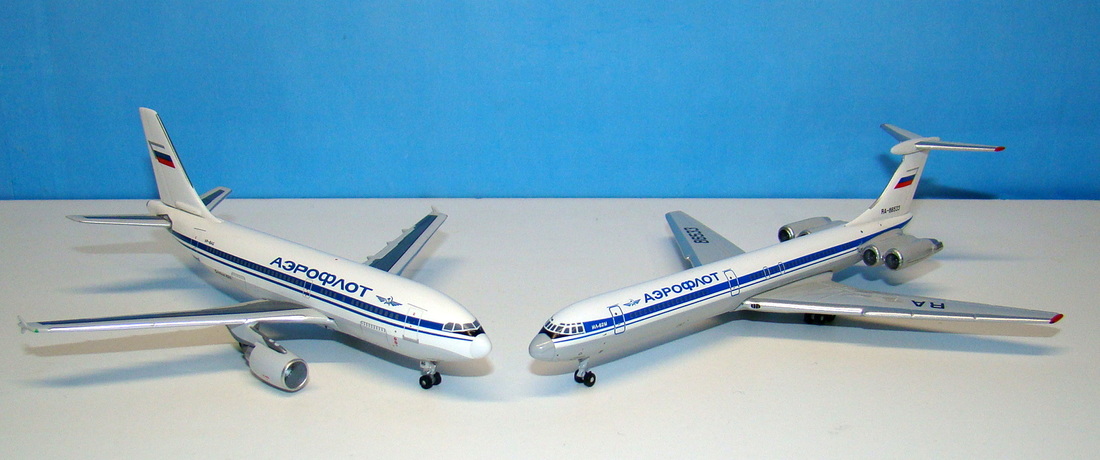

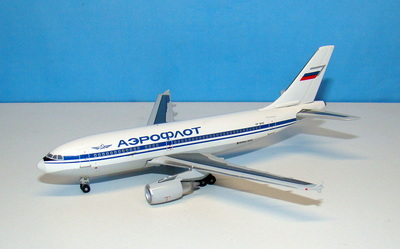
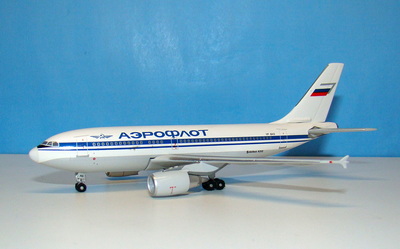
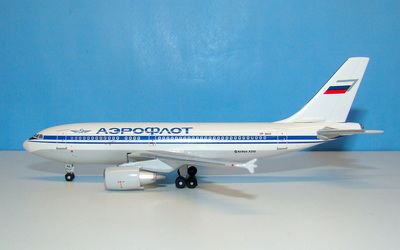
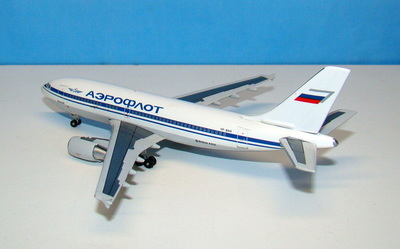
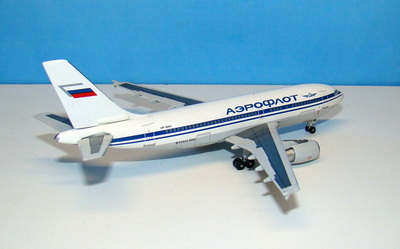
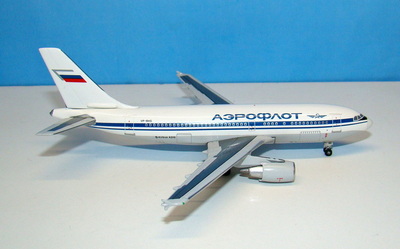
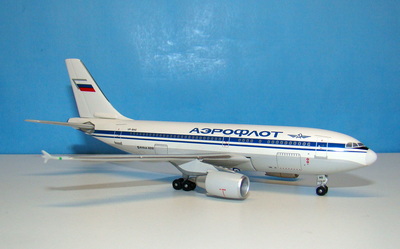
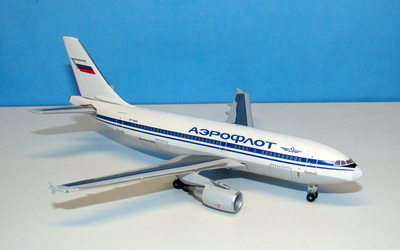
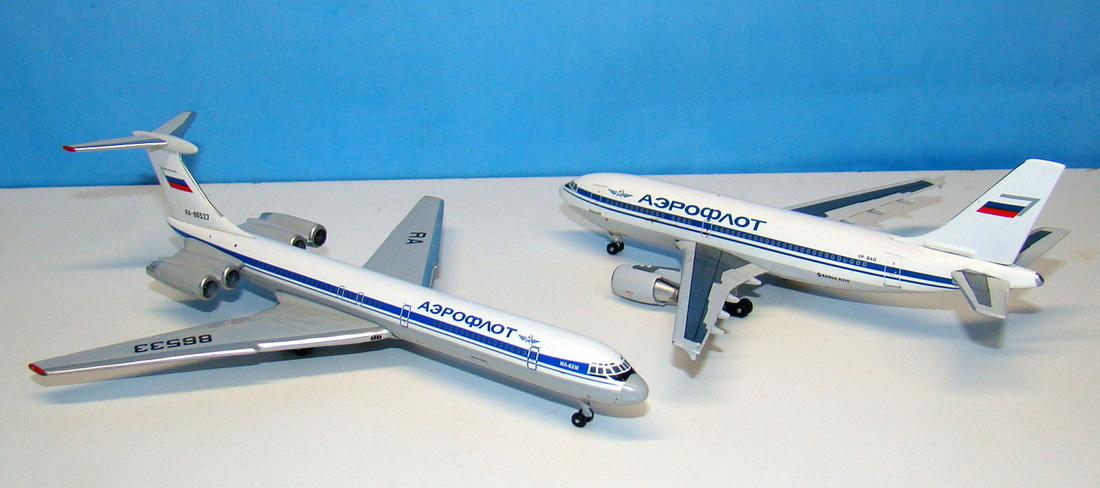
 RSS Feed
RSS Feed